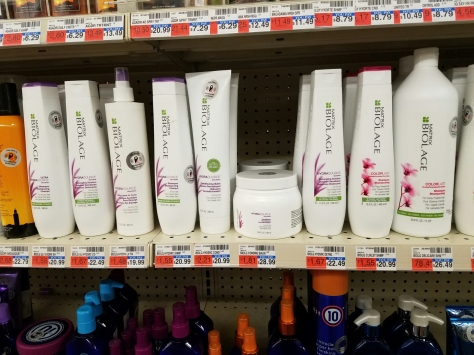By Lynnette Booker
The Keating Four’s hands are stained with blood and now in one of their own: Wes.
Possibly Connor kills Wes.
In the last minute of How to Get Away with Murder’s “It’s War,” Oliver unearths incriminating evidence against Connor. Connor has lied to Oliver about listening to his voice mail from Annalise instructing him to meet her at the house. And before Connor could explain his indefensible lie or account for his whereabouts, the scene cuts to an unconscious Wes on the basement floor as Connor tries to revive him. Connor’s attempt to revive Wes indicates an accident, but that doesn’t explain the fire. Or maybe?
Bodies are piling up around Annalise ever since the Mahoney case. First with her unborn baby, Rose (Wes’ mother), Lila Stangard, Sam Keating , Rebecca Sutter, prosecutor Emily Sinclair , and Wes, and all the deaths that are consequence to them. It’s clear that Annalise is tired and struggles to accept the things she can’t change and change the things she can’t accept. But she has thought of Wes and the Keating Four’s well being over her own, and a few of them are ungrateful.
Wes and Asher have been Annalise’s loyal advocates. They have a connection to Annalise that Laurel, Michaela, and Connor don’t have: sacrifice. Laurel is anatomically annoying this episode. Everyone sympathizes Laurel’s grief, but when Annalise openes up about her brutal history with the Mahoney patriarch to empathize with her, Laurel dismisses it and accuses Annalise of acting like a victim. The truth is; she is a victim. Wes has killed and Asher has killed and Annalise has covered them up while losing a husband and career. Unfortunately Laurel, Michaela, and Connor are accomplices to their misdeeds.
In spite of their ungratefulness, Annalise, battered but no longer broken, continues to fight. It takes a little longer to revive herself to Annalise Keating whose controversial tactics and coarse demeanor make her an effective lawyer, but it’s returning in increments. She has a new wig and she’s ready to play game with D.A. Todd Denver and A.D.A. Rene Atwood, with a little assistance from Oliver who leaked Wes’ missing body.
Not a surprise, A.D.A Atwood admits to forging Nate Laheny signature on Wes’ body transfer, but that’s not the worse; she has cremated his remains. With no body to refute time and cause of his death, there is no evidence to prove Annalise’s innocence.
The question is whether Oliver will disclose that Connor is also a suspect or keep his lie a secret.
But next week it’s a two-hour season finale to confuse the viewers with twist and turns and new possible suspects.




